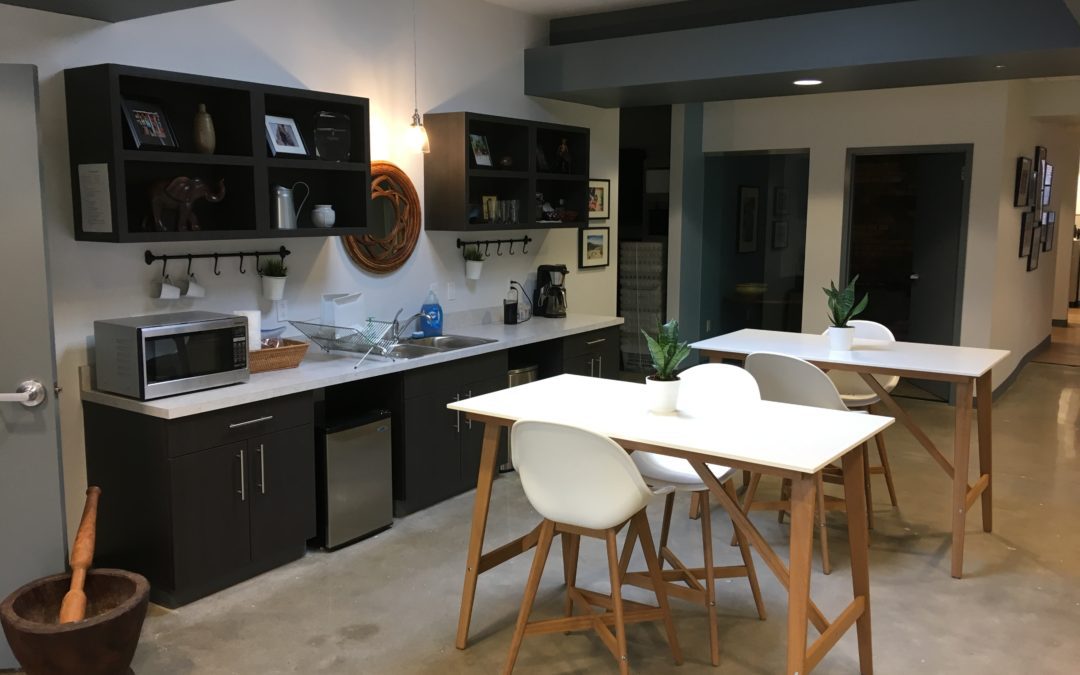If negotiated properly, a commercial lease can be a significant tool for a tenant. This is especially the case with regards to the tenant improvement allowance. This is often referred to as “TIA” or sometimes just “TI”.
A tenant improvement allowance is a sum of money allocated to the tenant by the landlord for improvements of the space. The TIA usually pays for improvements such as new flooring, fixtures, space re-configuration, etc. The TIA is stated either as a per-square foot amount or a total dollar sum. Generally, if the improvements cost more than the agreed-upon sum, you pay the extra amount.
With this in mind, commercial real estate spaces are rarely tailor made for a particular tenant’s needs. You are likely acquiring a space that previously housed a completely different type of business. Even if you are not, you will probably want to make some improvements. This will mean negotiating a TIA. This is a common request for many types of commercial leases. After the landlord has conceded to a monetary amount of TIA, you will then need to define the following:
- Who will do the design?
- Who will do the work?
- When will it get done?
- Who will pay for it?
However, when seeking a TIA keep in mind that there is always a catch. The landlord may contribute actual money to your build, but you will be getting it free and clear. You will most likely encounter increased landlord control or ownership to the landlord in any permanent fixtures and improvements.
By making an up-front cash commitment in the form of a tenant improvement allowance to the tenant, the landlord has a real interest in the tenant’s opening. The opening also known as the “commencement date.”
Remember, it’s never too late to change the terms of your lease. Although it may be more difficult to get the landlord to agree it, tenants can often find enough negotiating leverage to convince their landlord to sign a commercial lease amendment. For more information regarding tenant improvements, contact MAC today!

